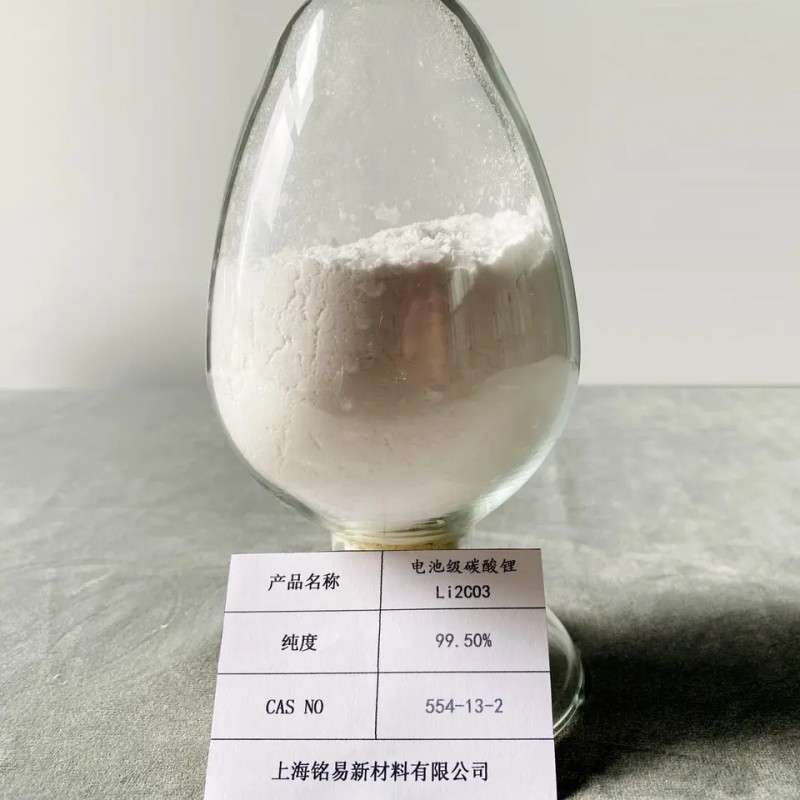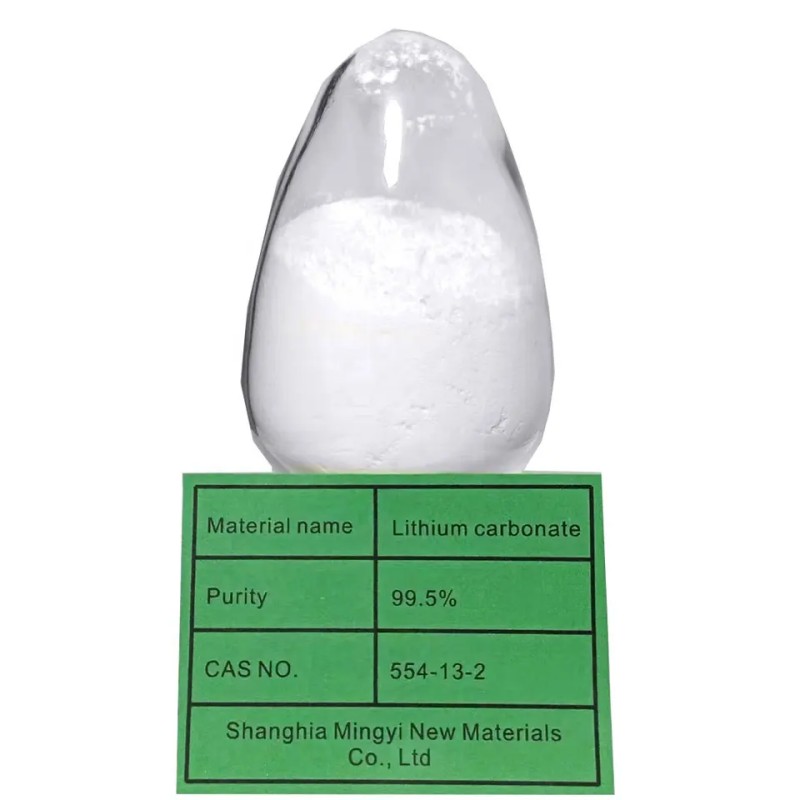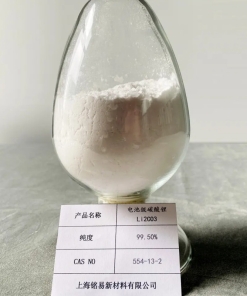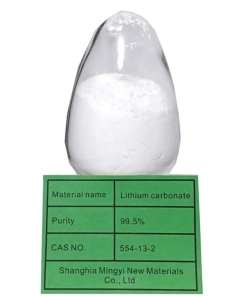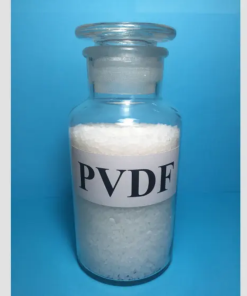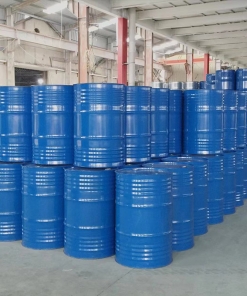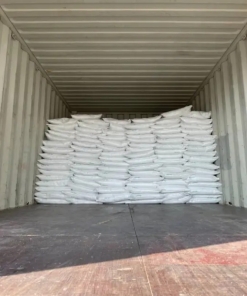

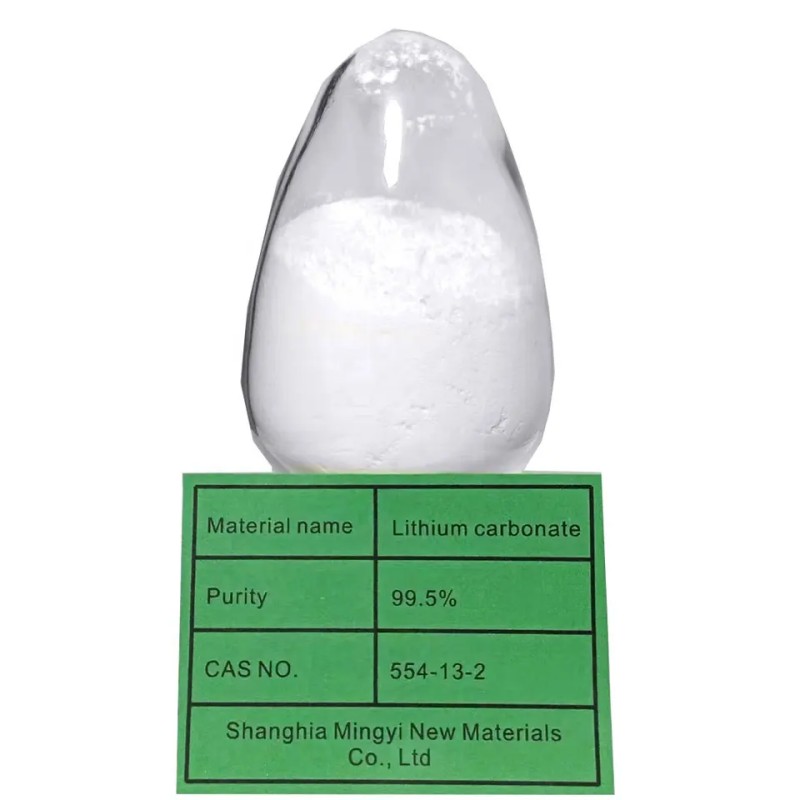
Lithium Carbonates Battery Grade Paramenters
|
Industrial grade Lithium carbonates Chemical analysis
|
|||||||||
|
product brand
|
Chemical analysis (%)
|
||||||||
|
Li2CO3-0 (main content≥)
|
Inpurity content (≤)
|
||||||||
|
Na
|
Fe
|
Ca
|
Mg
|
SO42-
|
Cl-
|
acid insoluble substance
|
H2O
|
||
|
Li2CO3-0
|
99.2
|
0.08
|
0.0020
|
0.025
|
0.015
|
0.20
|
0.010
|
0.005
|
0.3
|
|
Li2CO3-1
|
99.0
|
0.15
|
0.0035
|
0.040
|
--
|
0.35
|
0.020
|
0.015
|
0.3
|
|
Li2CO3-2
|
98.5
|
0.20
|
0.0070
|
0.070
|
--
|
0.50
|
0.030
|
0.050
|
0.5
|
|
Battery grade Lithium carbonates chemical analysis (%)
|
|
|
Li2CO3(main content )
|
≥99.5
|
|
Na
|
≤0.025
|
|
Mg
|
≤0.008
|
|
Ca
|
≤0.005
|
|
K
|
≤0.001
|
|
Fe
|
≤0.001
|
|
Zn
|
≤0.0003
|
|
Cu
|
≤0.0003
|
|
Pb
|
≤0.0003
|
|
Si
|
≤00.003
|
|
Al
|
≤0.001
|
|
Mn
|
≤0.0003
|
|
Ni
|
≤0.001
|
|
SO42-
|
≤0.08
|
|
Cl-
|
≤0.003
|
|
Magnetic substance
|
≤0.0001
|
|
H2O
|
≤0.25
|
|
granularity
|
d10≥1.0μm; 3.0μm≤d50≤8.0μm; 9.0μm≤d90≤15μm
|
Sustainable Energy Raw Materials: A Look at the Green Revolution(Lithium carbonates battery grade)
As the world becomes more conscious of the impact of fossil fuels on the environment, the demand for sustainable energy sources is on the rise. From solar and wind power to biofuels and hydrogen, there are many exciting innovations and trends in the field of energy raw materials. Learn more about the latest developments and their potential to transform the way we power our world.
What are sustainable energy raw materials?(Lithium carbonates battery grade)
Sustainable energy raw materials are resources that can be used to generate energy without depleting natural resources or causing harm to the environment. Examples include solar energy, wind energy, hydroelectric power, geothermal energy, and biofuels. These materials are renewable, meaning they can be replenished over time, and they produce little to no greenhouse gas emissions, making them a more environmentally friendly alternative to traditional fossil fuels.
The importance of sustainable energy in today’s world.
Sustainable energy is becoming increasingly important in today’s world as we face the challenges of climate change and the depletion of natural resources. By using sustainable energy raw materials, we can reduce our reliance on fossil fuels and decrease our carbon footprint. This not only benefits the environment but also creates new job opportunities and promotes economic growth in the renewable energy sector. It’s time to embrace the green revolution and make sustainable energy a priority for a better future.
The latest innovations in sustainable energy raw materials.
The sustainable energy industry is constantly evolving, with new innovations and trends emerging all the time. One of the most exciting developments in recent years has been the use of new raw materials to create sustainable energy. From algae-based biofuels to solar panels made from recycled materials. There are many exciting new ways to create clean, renewable energy. These innovations not only help to reduce our carbon footprint but also create new opportunities for job growth and economic development in the renewable energy sector.
The future of sustainable energy and its impact on the environment.
The future of sustainable energy is bright, with many exciting developments on the horizon. As we continue to shift away from fossil fuels and towards renewable energy sources. We can expect to see significant reductions in greenhouse gas emissions and other environmental impacts. However, it’s important to remember that even sustainable energy production can have some environmental impacts. Such as the use of land and water resources. As we move forward, it will be important to continue to innovate and find new ways to minimize these impacts and create a truly sustainable energy future.
How individuals and businesses can contribute to the green revolution.
There are many ways that individuals and businesses can contribute to the green revolution and support sustainable energy raw materials. One of the most important steps is to reduce energy consumption by using energy-efficient appliances and lighting. And by implementing energy-saving practices like turning off lights and electronics when not in use. Businesses can also invest in renewable energy sources like solar panels or wind turbines. And individuals can consider using public transportation or carpooling to reduce their carbon footprint. Additionally, supporting policies and initiatives that promote sustainable energy production can help drive the green revolution forward.

